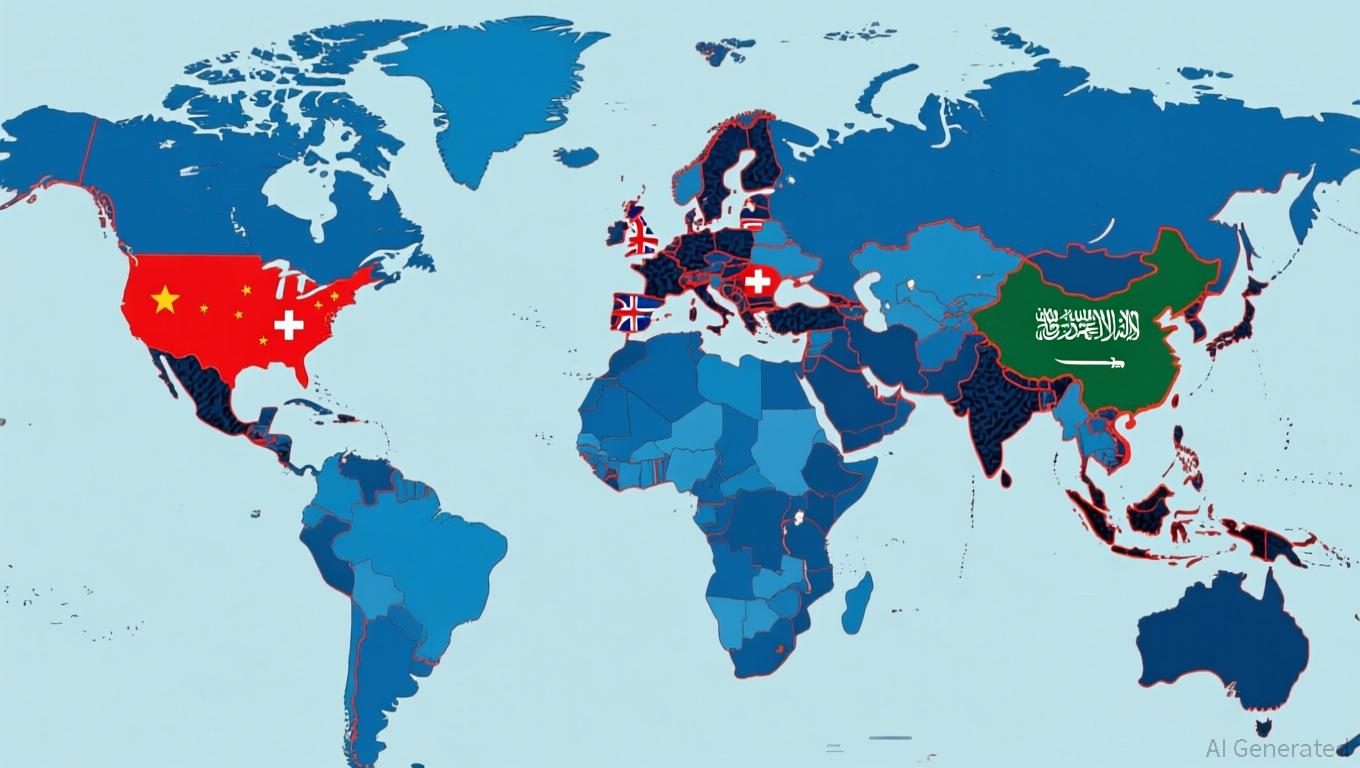Bitcoin Nears All-Time High Amid Rising Open Interest
- Bitcoin nears a new high in October 2025.
- Open interest in BTC futures is rising.
- Bullish market sentiment and institutional flow increase.
Bitcoin is approaching a new all-time high in October 2025, spurred by heightened open interest and bullish sentiment. Influential analyst Michaël van de Poppe notes this trend as significant, with data confirming increased speculative demand and leverage.
Bitcoin is approaching a new all-time high in October 2025, driven by surges in market interest and speculation worldwide.
Renewed bullish trends and increasing engagement from institutional investors signal potential growth for Bitcoin despite limited official comments from key industry leaders.
The current rise in Bitcoin’s price is attributed to increasing open interest and bullish sentiment from market influencers. Michaël van de Poppe’s insights suggest unexpected speeds in BTC’s growth , with institutional flows augmenting this momentum.
“Bitcoin (BTC) is set to reach a new all-time high in October, arriving faster than expected and confirming a big bull market.” – Michaël van de Poppe, Crypto Analyst, MN Trading Consultancy
Institutional investors have shown increased engagement through large trades and wallet inflows, as captured by blockchain analytics. The U.S. Federal Reserve’s considerations on rate cuts are interpreted as another catalyst influencing this activity.
Immediate effects are observed in the cryptocurrency market, with ETH’s correlation to BTC’s movements. The surge influences major altcoins like SOL and BNB despite the lack of direct impacts on ETH’s performance.
Market changes highlight the broader impact on crypto platforms and exchanges. Liquidity rotations favor DeFi protocols as BTC’s dominance rises. On-chain data supports these trends with notable increases in BTC open interest.
Financial and regulatory outcomes remain uncertain, yet historical upticks in Bitcoin during October suggest a sustained bullish trend. Accurate market data and expert analysis reinforce this outlook, with ongoing institutional and on-chain developments.
Disclaimer: The content of this article solely reflects the author's opinion and does not represent the platform in any capacity. This article is not intended to serve as a reference for making investment decisions.
You may also like
Monero’s reputation for privacy faces challenges from modular competitors and evolving regulations
- Monero (XMR) nears $400 as privacy-focused crypto gains traction amid evolving market demands for modular solutions. - Emerging rivals like Solana's GhostwareOS and Zcash challenge Monero's dominance with interoperable privacy features. - Regulatory pressures, including South Korea's expanded AML rules, heighten scrutiny on privacy coins despite their anti-surveillance design. - Analysts highlight Monero's "extreme privacy" legacy but note growing adoption of integrated privacy tools in active blockchain

As Crypto Markets Fluctuate, BI DeFi's Eco-Friendly Cloud Approach Draws Growing Attention from Institutions
- BI DeFi launches a blockchain-powered cloud computing platform combining renewable energy and advanced security to stabilize crypto market risks. - XRP's $180M inflow highlights growing institutional interest in digital assets despite broader market volatility and billions in sector outflows. - The platform's green energy data centers and automated yield settlements address ESG priorities while reducing blockchain's carbon footprint. - User-friendly features like $17 introductory contracts and $50K affil

FDV's Dilemma: Assessing Opportunity While Concealing Risk
- FDV (Fully Diluted Valuation) has become a 2025 key metric for evaluating crypto projects' long-term risks and scalability, especially for new layer-1 blockchains like Monad and Apertum. - Monad's $3.9B FDV despite 12% unlocked supply highlights "low float, high FDV" dynamics, while Apertum's 1.05x FDV-to-market cap ratio signals minimal dilution risk. - Critics note FDV's limitations, including price volatility assumptions and irrelevance for uncapped supply projects like Ethereum , requiring contextual

Switzerland Delays Crypto Information Exchange Pending International Coordination
- Switzerland delays crypto tax data sharing with foreign nations until 2027, citing unresolved CARF partner agreements. - The OECD's 2022 framework requires member states to exchange crypto account details, but 75 countries including the EU and UK face implementation challenges. - Transitional measures ease compliance burdens for Swiss crypto firms while awaiting finalized international data-sharing protocols. - Major economies like the U.S., China, and Saudi Arabia remain outside CARF due to non-complian
